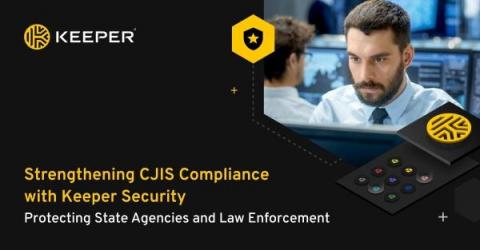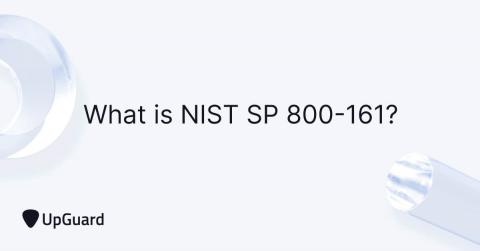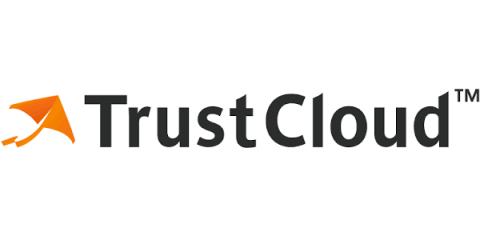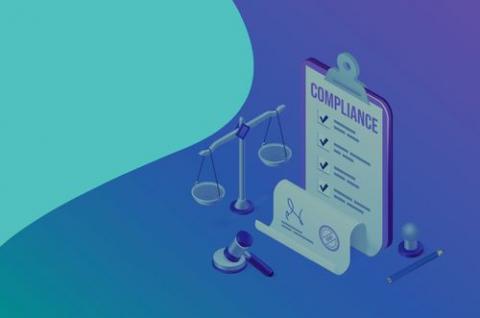Security | Threat Detection | Cyberattacks | DevSecOps | Compliance
Latest News
FedRAMP Compliance: What It Is, Why It Matters & Tips for Achieving It
Strengthening CJIS Compliance with Keeper Security: Protecting State Agencies and Law Enforcement
In November 2022, the Criminal Justice Information Services (CJIS) division of the FBI updated its cybersecurity policy, impacting state agencies, police departments, and other organizations that handle Criminal Justice Information (CJI). The updated policy poses challenges for organizations, especially smaller ones, to maintain compliance due to limited resources, lack of expertise and the policy’s complexity.
What Is Cybersecurity Compliance? An Industry Guide
If you operate in specific sectors, cybersecurity maturity is more than a best practice, it’s a regulatory requirement. These regulations are complex and constantly changing. To help you better understand your organization's regulatory environment and the standards and controls they stipulate, let's break down key cyber compliance regulations by industry.
What is NIST 800-161? Guide & Compliance Tips
The Next Generation of Risk Registers is Here
A risk register is a tool used to manage potential problems or risks within an organization. It helps to identify and prioritize risks, their likelihood of occurrence, and provides ways to mitigate them. Risk registers allow you to play offense and defense – you’re proactively planning for potential challenges and minimizing their impact on your project’s success in the event that the roadmap does veer off course.
TrustCloud Replaces Manual Risk Registers with Programmatic and Predictive Risk Tracking to Reduce Business Liability
Introducing Vanta's new look & celebrating 5,000 customers
At Vanta, we’ve been on a mission to secure the internet and protect consumer data from day one. We got our start building an automated compliance tool to help companies achieve SOC 2 compliance quickly and painlessly.
New regulation from the SEC to require companies to report how cyber risk could affect them financially
New in Vanta | March 2023
This past month at Vanta we launched a new brand, 32 new integrations, support for multiple & distinct identity providers (IdPs) and much more to improve the Vanta experience:











